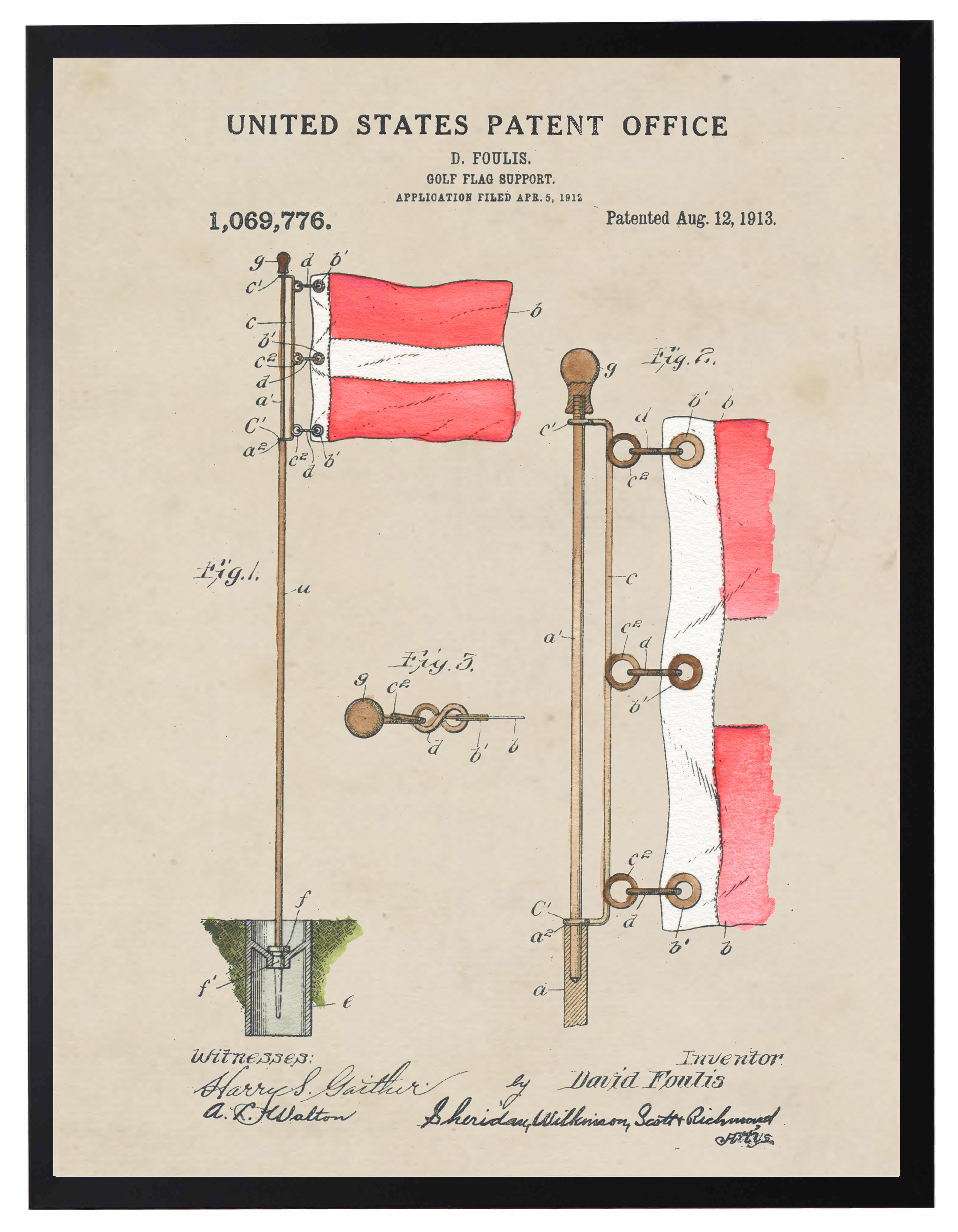The golf flag is a small but important piece of equipment on the golf course, and its history and evolution dates back centuries. In its simplest form, the golf flag is a thin pole, usually between three and five feet tall, with a small flag attached at the top. The flag is used to mark a golf hole, and its bright colors help golfers to easily identify the holes on the course.

The history of the golf flag is intertwined with the history of golf itself. The modern game of golf dates back to the 15th century in Scotland, although there is evidence that similar games had been played since the Middle Ages. At that time, the golf flag was simply a wooden stake driven into the ground to mark the hole, with no flag attached. It wasn’t until the 19th century that flags were added, as a way of better identifying the holes on the course.

The earliest known golf flags were made of wool or cotton fabric and were usually white, green, or red in color. The flag would be attached to a thin pole and driven into the ground. The most common shape for the flag was a triangle, although other shapes were also used. As the game of golf became more popular, golfers began to experiment with different flag designs. Flags with stripes, checkered patterns, and other designs became popular.

The modern golf flag is made of a durable nylon fabric, and is usually brightly colored to make it easier to identify on the course. The flag is attached to a lightweight aluminum pole, which makes it easier to insert into the ground. The modern flag also features a grommet at the top of the flag, which allows it to be easily affixed to the pole.

The golf flag has evolved over the centuries to become an important part of the game. While it may seem like a small detail, the flag helps golfers to identify the holes on the course, and can even provide an extra challenge when playing a round. The golf flag is an integral part of the game, and its history and evolution has been fascinating to watch.
In 1913, David Foulis of Wheaton, Illinois filed a patent for the Golf-Flag Support. His design included a metal supporting staff for the flag that made it more difficult for the flag to be blown out of the hole. Foulis patented a couple other golf products throughout his life.
Check out the patent




